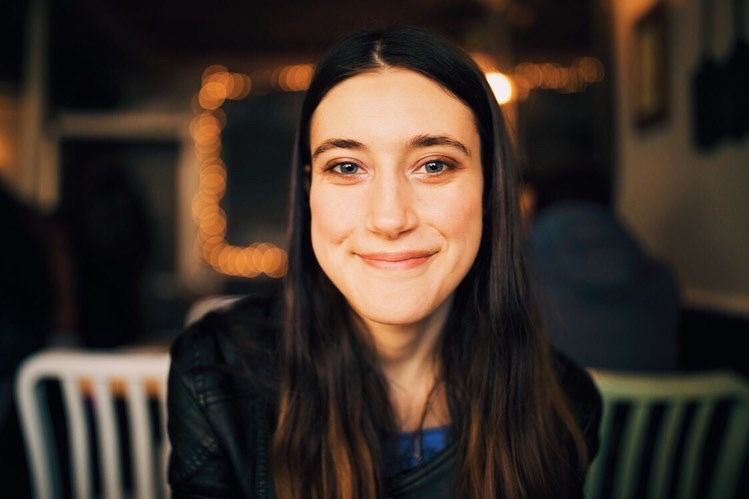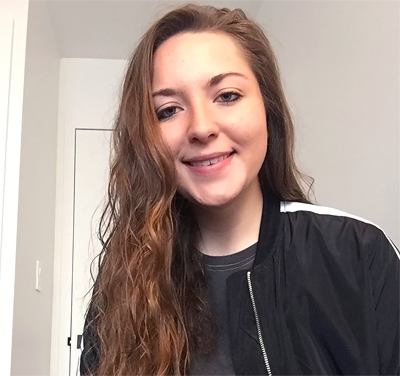In our previous Live365 History of Radio, we told you all about Guglielmo Marconi, his famous broadcast across the Atlantic Ocean, and how his efforts helped modernize the use of radio. After Marconi got radio some attention as a useful form of communication, how - and why - did radio stations come about?
Those are the questions we're about to answer today through our brief history of the first radio station: KDKA! Still around today, KDKA began in 1920 in Pittsburgh, PA and transformed radio broadcasting from a private tool into a public art form.
The Origins of Talk Radio
To explain how KDKA came about, we first need to explain the origins of talk radio. On Christmas Eve 1906, wireless operators on ships off the New England coast heard morse code dots and dashes beeping through their headsets, as well as a voice reading the Christmas story from the Gospel of Luke and a violin playing "Silent Night." The voice wished them a "Merry Christmas," then the dots and dashes began again. The voice was that of inventor and engineer Reginald Fessenden. He had been working on producing voice radio since Marconi's first wireless broadcast across the Atlantic.
After his Christmas experiment, Fessenden continued working to make voice radio a practical tool. In 1907, Lee de Forest invented a new radio tube called the Audion. It soon made transmitting sound modulations much more effective and became standard radio equipment. The radio tube was gradually improved upon by other inventors, to increase sound clarity and power.
These two developments would help make modern talk radio possible 15 years later. Between 1905 and 1920, engineers and hobbyists who toyed with voice radio were called "hams." Yes, hams. That nickname alone should give you an idea of how the public perceived radio at the time: a fun little novelty that had no feasible application in day-to-day life. After all, the equipment was cumbersome and required a fair amount of knowledge and attention to use. Only nerdy "hams" had the patience to deal with that!
Ultimately, World War I brought with it prosperity and technological advancements, which brought more appliances into the everyday household and created technologically-minded people. Radio companies wanted to capitalize on the tech boom, but they didn't quite know how to reach the people.
That's when a radio manufacturer called Westinghouse had a brilliant idea.
KDKA Gets Started
In 1920, Westinghouse, one of the leading radio manufacturers, knew how they were going to sell more radios: they would offer public programming. It's important to note that radio began as a one-to-one method of communication really only used by the military and sailors at sea, so turning radio into something entertaining was a pretty wild idea at the time. Harry P. Davis, Westinghouse Vice President at the time, saw radio as more than “a confidential means of communication,” and realized radio “was an idea of limitless opportunity.”
To get started on their idea, Westinghouse reached out to Dr. Frank Conrad: a Pittsburgh area ham with lots of connections. He frequently played records over the airwaves to delight his friends. It was just the sort of cool thing Westinghouse had in mind, and he asked Conrad to help set up a regularly transmitting station in Pittsburgh.
On November 2, 1920, the new station called itself KDKA and made the nation's first commercial broadcast (a term coined by Conrad himself). It wasn't a date chosen at random. November 2, 1920 was Election Day, and the power of radio was proven when people could hear the results of the Harding-Cox presidential race before journalists were quick enough to print it the newspaper.
This move made KDKA a huge hit, and soon enough, several other radio companies took up broadcasting. In only four years, there were 600 commercial stations across the United States. To keep up with the cost of improving equipment and paying for on-air performers, stations turned to advertisers. In August 1922, the first radio ad, for a real estate developer, was aired in New York City.
Networks of local stations developed to share programming and became big business. You may know the company RCA (Radio Corporation of America) as one of the biggest music labels in the industry today. Back in 1926, it formed the first national network: NBC (National Broadcasting Company). Their first nationwide broadcast was the 1927 Rose Bowl football game from Pasadena. The game, plus all the other broadcasts in the booming radio industry, made the airwaves so jammed, the Federal Radio Commission was established in 1927 to assign frequencies to broadcasters.
KDKA's Legacy
KDKA isn't just responsible for creating the first radio station: it also created a new mass culture around radio broadcasting. The same popular songs were heard all across the country, news was practically instantaneous, politicians could campaign to listeners, sports games were available to listen to in real time, and the achievements of heroes like Charles Lindbergh or Joe Louis were accessible to all. There were even weather forecasts, church services, and PSAs all broadcast over radio. Receiving information became faster than ever.
As more radio stations popped up, technological refinements in radio continued. Early in the 1920s, clunky headsets were replaced with speakers. Finally, everyone in a house could listen to a broadcast at the same time. In 1929, FM radio became available. The development of the transistor in the late 1940s paved the way for the transistor radio's appearance in 1952, and stereophonic sound - as well as personal stereos - also continued radio's evolution.
So fellow hams...that's the history of the first radio station. If you'd like to listen to KDKA and check out what they're all about now, you can do so by clicking here. Additionally, we found audio which recreated KDKA's debut election broadcast in 1920, and it includes the official transcript. Listen to it below.
Until our next historical blog post...happy broadcasting!
Sources:
- KDKA begins to broadcast 1920 - PBS
- KDKA: Broadcasting's Pioneer Station - Pennsylvania Center for the Book
Ready to start your own station? Contact one of our Product Consultants or visit our website today.
Discover thousands of free stations from every genre of music and talk at Live365.com. Keep up with the latest news by following us on Facebook (Live365 (Official) and Live365 Broadcasting) and Twitter (@Live365 and @Broadcast365)!
Article Image: A 1921 image of the small KDKA studio. Four men are hard at work. (Austin C. Lescarboura [Available through Public Domain] via Wikimedia Commons.)


